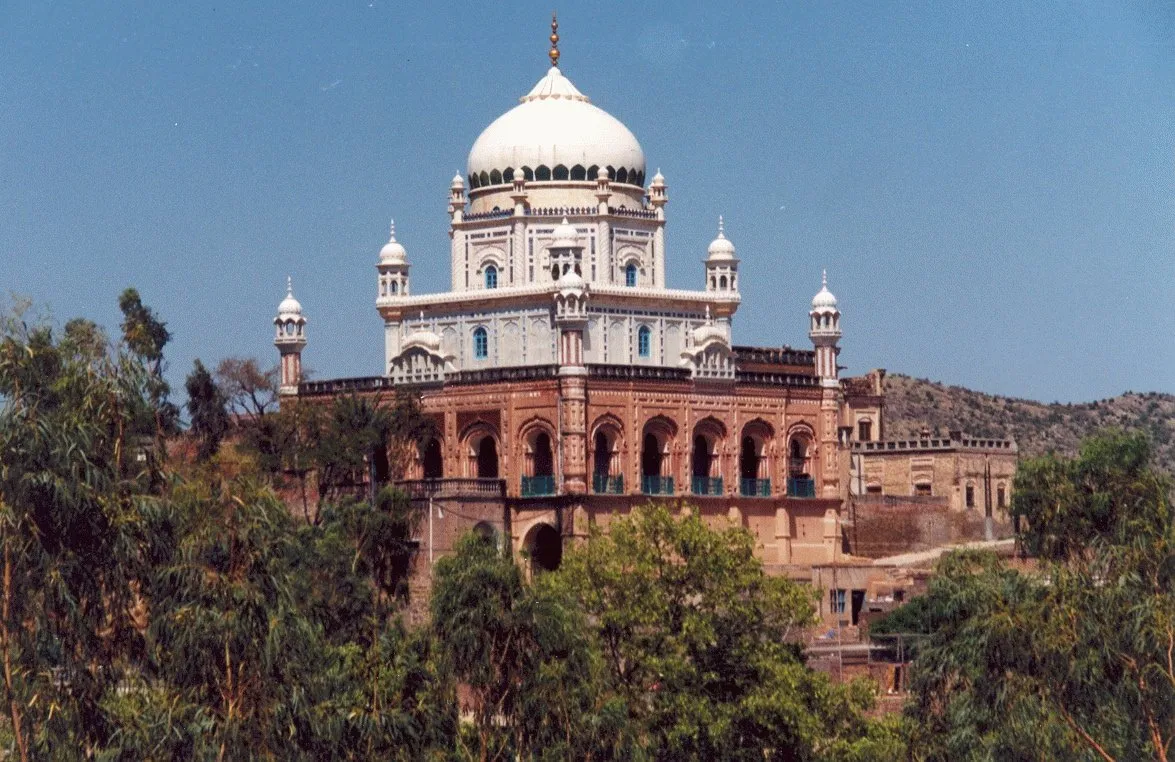His history was first recorded in the mid sixteenth century by a specific Shaikh 'Ali (d. 1562), a relative of one of Shah Jalal's mates. In this way there is a hole of a few centuries between the life of the holy person and that of his soonest biographer. As indicated by this record, Shah Jalal had been conceived in Turkestan, where he turned into a profound supporter of Saiyid Ahmad Yasawi, one of the organizers of the Central Asian Sufi tradition.[2] Therefore, in spite of the fact that his reality isn't faced off regarding, quite a bit of his biography is discussed.

Early life and education
Conceived Jalāl promotion Dīn canister Mahmoud and turned into a makhdoom, instructor of Sunnah and, for performing petitions in singular milieu and having a separated existence as a self-denying, al Mujarrad was postfixed to his name. He was deliberated with the title of Shaykh-ul-Mashāykh (Great Scholar). Shah Jalal's date and place of birth isn't sure. Different conventions and authentic archives vary. Various researchers have asserted that he was conceived in 1271 CE in Konya in cutting edge Turkey (at that point in the Sultanate of Rûm) and later moved to Yemen either as a youngster or grown-up while numerous trust he was conceived in a town called Kaninah in Hadhramaut, Yemen. His mom, Syeda Hasina Fatimah, and his dad, Mahmoud canister Mohammed container Ibrahim, were relatives of Hashemite tradition of Quraysh of Mecca.[3] His dad was a Muslim minister, who was a contemporary of the Persian writer and Sufi spiritualist, Jalal promotion Din Muhammad Rumi. Shah Jalal was taught and raised by his maternal uncle Syed Ahmed Kabir in Mecca. He exceeded expectations in his examinations; turned into a hafiz and aced fiqh. He accomplished profound flawlessness (Kamaliyyat) following 30 years of study, hone and meditation.[4]
Travel to India
As per legend, one day his uncle, Sheik Kabir gave Shah Jalal a modest bunch of soil and requesting that he go to India. He educated him to settle and spread Islam in wherever in India where the dirt precisely coordinates what he gave him in smell and colour.[5] Shah Jalal ventured eastbound and achieved India in c. 1300, where he met numerous extraordinary researchers and Sufi mystics.[5]
Later life
Amid the later phases of his life, Shah Jalal committed himself to proliferating Islam. Shah Jalal turned out to be renowned to the point that the well known voyager Ibn Battuta, at that point in Satgaon,[6] influenced a one-month to travel through the mountains of Kamarupa north-east of Sylhet to meet him.[7] On his approach to Sylhet by means of Habung, Ibn Batuta was welcomed by a few of Shah Jalal's pupils who had come to help him on his excursion numerous prior days he had arrived. At the gathering in 1345 CE, Ibn Batuta noticed that Shah Jalal was tall and lean, reasonable in appearance and lived by the mosque in a give in, where his lone thing of significant worth was a goat he kept for drain, margarine, and yogurt. He watched that the buddies of the Shah Jalal were outside and known for their quality and courage. He additionally specifies that numerous individuals would visit the Shah to look for guidance.[8]
The gathering between Ibn Batuta and Shah Jalal is portrayed in his Arabic travelog, Rihla (The Journey). Amir Khusrau likewise gives a record of Shah Jalal's success of Sylhet in his book Afdalul Hawaade. Indeed, even today in Hadramaut, Yemen, Shah Jalal's name is built up in folklore.[9]
The correct date of his passing is wrangled about, yet he is accounted for by Ibn Batuta to have kicked the bucket on 20 Dhul Qadah 746 AH (15 March 1346 CE).[10] He deserted no relatives and was covered in Sylhet in his dargah (tomb), which is situated in an area now known as Dargah Mahalla:
Where he lies, a spirit endless, The much-cherished awliya of Allah, Hazrat Shah Jalal.[11]।
His place of worship is celebrated in Sylhet and all through Bangladesh, with several enthusiasts going by day by day. The biggest mosque in Sylhet was worked at the Dargah (likewise one of the biggest in Bangladesh).